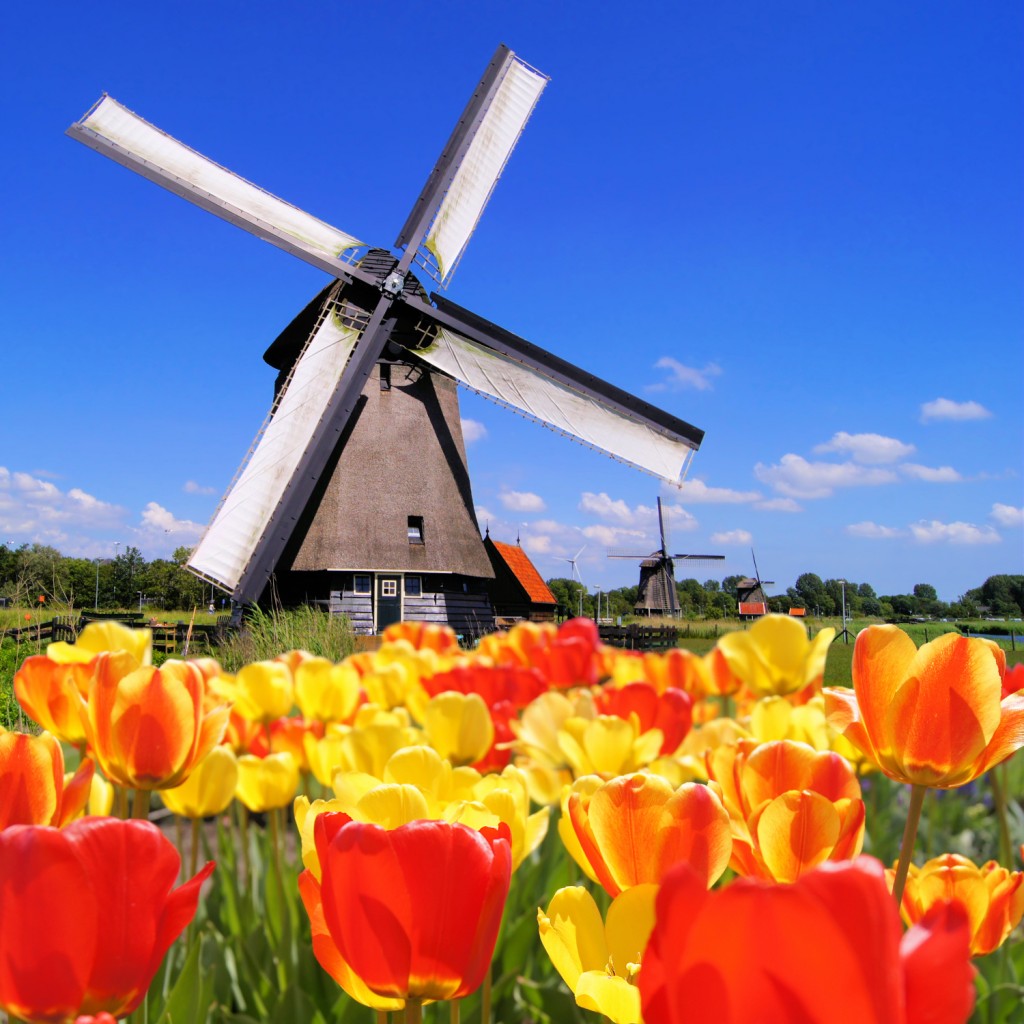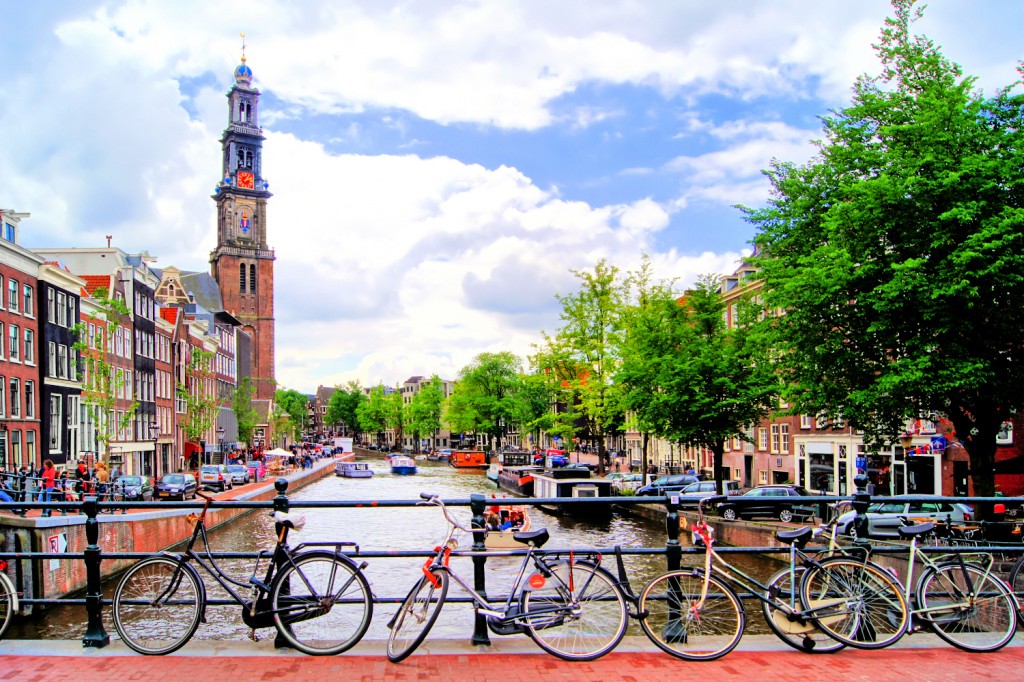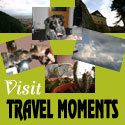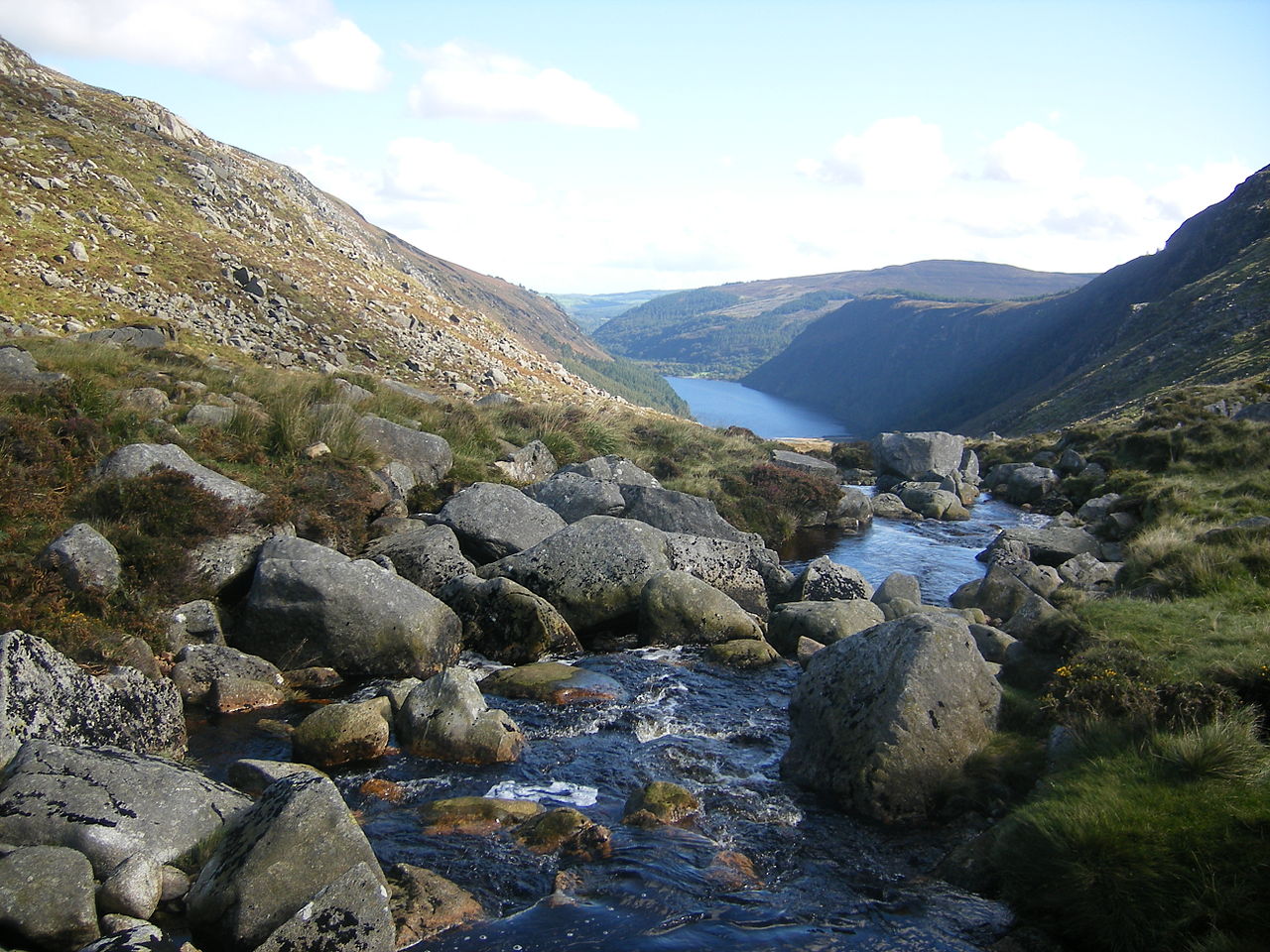What you NEED to know before visiting the Netherlands
Article provided by PoliLingua Translation Agency
Despite their “Low Lands” the Dutch people is certainly a great nation. Being famous for their inventions (like telescope, chocolate, compact disc) and their brilliant personalities, from Spinoza, Rembrandt, Jan Vermeer to Vincent van Gogh, Erasmus and Anne Frank, the Netherlands’ culture is very rich and it will totally convince you to get to know their wonderful people, to remain in their country and learn their language.

The Netherlands – Traditional Dutch windmills with tulips, photo by JeniFoto / Shutterstock
Here are some things about their behavior and language you need to know before visiting the Netherlands.
1. Appearances are important to the Dutch. The most appreciated are cleanliness and neatness. But, at the same time, they dislike displays of wealth, as they run counter to their egalitarian beliefs. They do not boast about their accomplishments or their material possessions.
2. The handshake is the common form of greeting. It is firm and swift, accompanied by a smile, and repetition of your name. Shake hands with everyone individually including children.
3. The Dutch are very punctual, and showing up even five minutes late is considered inappropriate. As a result, everything has to be done at fixed times. Also, don’t turn up unannounced at a friend’s and expect to be welcomed in with open arms. The Dutch like to make appointments at least three weeks in advance.
4. Tea and coffee. Always offer no matter what time of day or night it is. You must have several varieties of herbal tea on offer, including Moroccan Mint.
5. The Dutch do not line up and show almost no consideration in public for a person’s status, gender, or age. The use of the formal “you” ( U ) to address a person is becoming less common, whereas the growing importance of the informal “you” ( jij ) is meant to illustrate a commitment to equality.
6. That weird gesture. The Dutch also have a gesture that is uniquely theirs. Place your hand next to your cheek as if you were going to slap it. Make a waving motion and pull a happy face. You are now saying that what you have in your bulging cheeks is very tasty indeed, or lekker.
7. Hè hè. Depending on how you say it expresses relief at a job well done or the end to something strenuous, like an afternoon’s shopping. You sit down, take your shoes off and utter a heartfelt hè hè. If someone says (Ja) hè hè in an irritated tone it means you are stating the obvious.
8. Ja, ja denotes disbelief. Pull the other one.
9. Dutch people are often considered rude because they don’t say please or alsjeblieft all the time. They don’t, but that’s just the way the language works. Asking for the salt is simply mag ik het zout?. However, if you want to show how polite you are, liberally sprinkling your conversation with ‘please’ can work wonders.

Amsterdam – Bicycles, photo by JeniFoto / Shutterstock
But if you really want to impress them, show some knowledge on their culture and values.
- Dutch national identity emerged during the sixteenth and seventeenth centuries, especially in the struggle for independence from Catholic Spain during the Eighty Year War (1568–1648). The Dutch people received independence from the House of Habsburg in the Treaty of Munster in 1648.
- The official language of the Netherlands is Standard Dutch. This language is used in all official matters, by the media, and at schools and universities. Dutch closely resembles German in both syntax and spelling. It freely borrows words and technical terms from French and especially English. Dutch is also the official language in Flandres, Belgium, where it is called Flemish.
- The Dutch pride themselves on their fierce resistance to the Nazi regime and their sheltering of 25,000 Jewish and 300,000 non-Jewish Dutch, but there also was extensive collaboration with the Nazis. More than a hundred thousand Jews were deported to concentration camps. Anne Frank symbolizes this deeply ambiguous self-perception of the Dutch as victims, resisters, collaborators, and passive bystanders.
- Another source of national pride that sets aside regional and religious differences is sports, especially soccer and speed skating. Whenever the national team engages in international competitions, orangemania reigns. People dress in orange (in reference to the name of the royal family), raise national and orange flags, and decorate houses and streets as a patriotic feeling of athletic superiority floods the nation.


